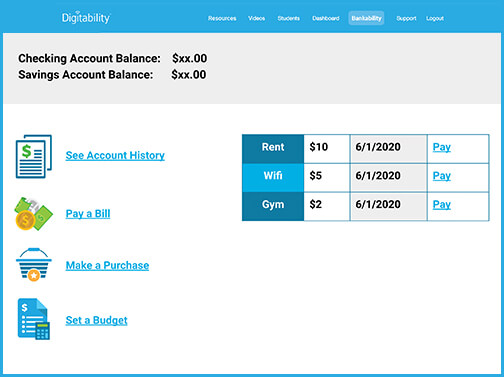How Satoshi Tajiri, a Game Designer with Autism, Created an International Phenomenon
How Satoshi Tajiri, a Game Designer with Autism, Created an International Phenomenon
Article by Ameridisability | Oct 24, 2018
You may also be interested in...
Get Your FREE Quote Today!
Suggested Videos
Kids With Autism See IQs Rise With Age, Study Finds
IQ is generally expected to remain stable over time, but new research suggests that the measure increases significantly for those with autism during adolescence and early adulthood.
With Disabilities 'Rarely' Seen, Netflix Commits $100M Toward Inclusion
Netflix is pledging to do more after a report finds that representation of people with disabilities and other groups is lacking in its original films and television shows.
Bankability: A Digitability Banking System for Special Education
Digitability is developing a banking system later this year for our students. Students will be able to login to their Digitability bank accounts to pay bills and purchase rewards.



